Scene with oxen
Oil on canvas, cm 30 x 39 - Photo frame 56 cm x 65
In this canvas depicted a Scene with Armenti at sunset is to recognize the hand of a painter who had the opportunity to know directly the works and models of Nicolaes Berchem, (1620, Haarlem - 1683, Amsterdam), one of the best known Italian landscape painters. Son of the still life painter Pieter Claesz (1598-1661), he was introduced to the artistic world and taught him the first pictorial rudiments; It is unclear why he adopted the name Berchem instead of Claesz, possibly for his father's birthplace. According to the latest studies, the young Nicolaes Pietersz Berchem continued his apprenticeship under the guidance of landscape painter Jan van Goyen (1596-1656) and Claes Cornelisz Moeyaert (1590-1655), representing the second generation of Dutch Italianes. None of Berchem's journeys are well documented, but according to many sources he may have traveled with his cousin Jan Baptist Weenix (1621-1663) He also shares his experience in the Moeyaert's workshop in a period before 1642 where his presence in the Guild of St. Luke in Haarlem is documented. He stayed twice (1642 and 1653) in Rome, in 1642 and 1653, where he fell in love with the Roman countryside which became the starting point for his landscapes by drawing from the Roman countryside the themes of his fortunate landscapes. He visits Westphalia with Jacob van Ruisdaele, then returns to Amsterdam where he works for Jan de Visscher. In his youth, Berchem's paintings were strongly influenced by the style of the master Claes Cornelisz Moeyaert and by biblical and mythological figures with powerful close-ups, three-dimensional figures in landscapes bathed in warm clear light, During full maturity artistically, he prefers a production mainly centered on port panoramas, hunts, ruins in Latin and Roman landscapes, battles and of course landscapes with a pastoral background as in the work examined. His style is strongly influenced by Italian stays and is characterized by a definition of ideal rural environments, hilly or mountainous depending on the case, enriched with human and animal figures (he was also an engraver and his studies on animals were of great importance). The painting under examination evokes the compositions of the Dutch artist, describing a landscape of archaic taste characterized by a delicate, lyrical atmosphere with delicate tones but at the same time lively and present. In a rich and balanced composition, the landscape is rendered with great attention to detail and light, while the slight dulling and fading of colors in the distance render the feeling of delicate depth. The warm tones and the passages of refined tones, bathed in this very special light, give the work an atmosphere in which time seems to have stopped. In connection with this painting, one can see the pastoral scenes preserved in the National Gallery of London, Vienna and the Getty Museum.
































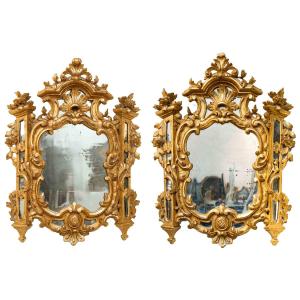
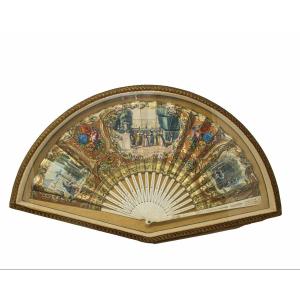





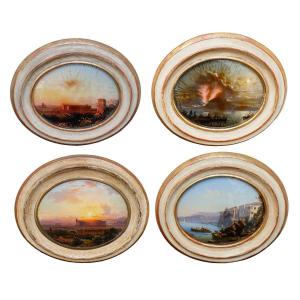
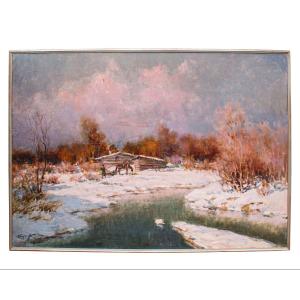
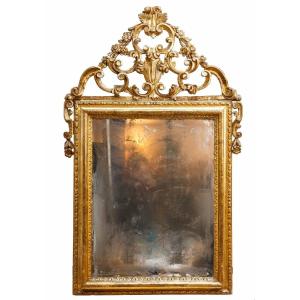

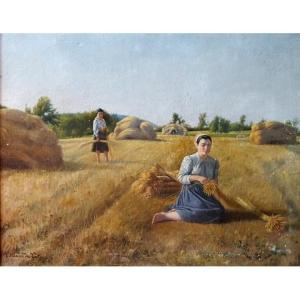






 Le Magazine de PROANTIC
Le Magazine de PROANTIC TRÉSORS Magazine
TRÉSORS Magazine Rivista Artiquariato
Rivista Artiquariato